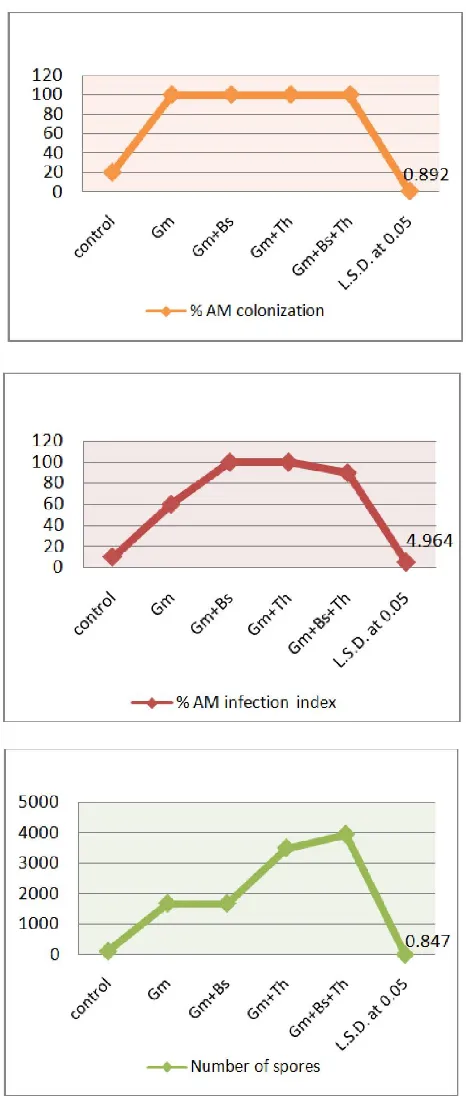Interaction of bacillus subtilis and trichoderma harzianum with mycorrhiza on growth and yield of cucumber (cucumis sativus l )
Full text
Figure



Related documents
Soft brome Bromus commutatus Meadow brome Bromus secalinus Rye brome Lower leaf sheaths (see photos opposite) Hairy Hairy* Hairless or hairy*.. Panicles Usually compact
Scheme 9: Ir-catalyzed N-alkylation of primary amines with primary and secondary alcohols... proposed possible mechanisms (Figure 5) 20 for the N-alkylation
expose to President Clinton the dangers posed by the Saddam Hussein regime in Iraq to the..
An Analysis of Juvenile Chinook Salmon ( Oncorhynchus tshawytscha ) Outmigration Speed and Survival in Response to Habitat Features: Sacramento River from Knights Landing
But as the example of the Dalits in Mumbai has already signposted, the theory of communicative action and the open space methodology also have in common an idealism which can only
It will turn out that in the affine case (i.e. when the drift of the stocks is a linear function of the Wishart process, which is assumed in most models and also in the Heston
Our objectives are (1) to identify the epiphytic bacteria present in the phyllosphere of temper- ate forest trees; (2) to detect the patterns of associations between host taxa